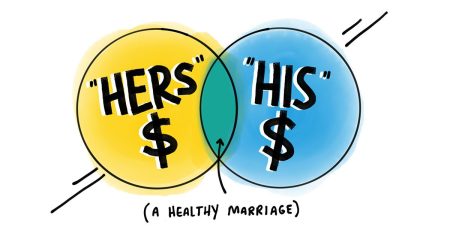Credit Sesame’s personal finance news roundup September 14, 2024. Stories, news, politics and events impacting personal finance during the past week.
Easing inflation paves way for rate cut
The Consumer Price Index (CPI) rose by a moderate 0.2% in August. That puts inflation for the past 12 months at 2.5%, the lowest increase since February 2021. Falling energy prices helped cool inflation last month, as has been the case over the past year. A 0.5% rise in the cost of shelter was the primary contributor to August’s inflation. The only slightly sour note was that core inflation, which excludes the volatile food and energy sectors, has been running a bit higher than inflation overall. Core inflation was up by 0.3% in August 2024 and 3.2% over the past year. Still, the latest CPI figures don’t appear to contain surprises that would deter the Fed from cutting rates next week. See inflation report at BLS.gov.
Modest rise in producer prices in August 2024
In another sign of moderating inflation, the Producer Price Index (PPI) rose by 0.2% in August. This put the rise in the PPI over the past 12 months at just 1.7%. That low rate of increase shows no undue inflation pressure on retailers that might eventually show up in consumer prices. Significantly, the rise in core PPI, excluding food and energy, was in line with the overall increase of 0.2%. Producer prices for goods were flat in August 2024, but prices for services rose by 0.4% during the month. See PPI report at BLS.gov.
Mortgage rates continue to decrease
30-year mortgage rates fell by 0.15% last week to reach 6.20%. That’s their lowest level since February of 2023. 30-year rates are now 1.59% lower than at their peak in late October 2023. They’ve fallen by 0.41% since this year began. 15-year rates had an even steeper decline last week, falling by 0.20% to 5.27%. See rate data at FreddieMac.com.
Household income growth beat inflation in 2023
The Census Bureau reported that real median household income grew by 4.0% last year. This measure is adjusted for inflation and captures household earnings at the midpoint between the highest and lowest earners. Lower earners saw income rise by a greater percentage than higher earners. Households in the bottom 10% saw income grow by 6.7%, while those in the top 10% saw incomes grow by 4.6%. Low and high earners saw more income growth than median earners. See report at Census.gov.
Credit cards lead consumer debt growth
According to newly released figures from the Federal Reserve, consumer debt continued to grow in July 2024. Consumer credit grew at a seasonally adjusted annual rate of 6.0% during the month. Revolving credit grew at a 9.4% annual rate, while nonrevolving credit grew at a 4.8% rate. Revolving credit consists primarily of credit card debt. Nonrevolving credit consists of consumer loans other than mortgages. The faster growth of revolving credit represents a huge burden on consumers because credit card debt is generally more expensive than consumer loans. See data at FederalReserve.gov.
Consumers more worried about missing debt payments
The latest Survey of Consumer Expectations from the Federal Reserve Bank of New York showed that consumers see the probability of missing a debt payment continuing to rise. Consumers now perceive a 13.6% probability of missing a debt payment within the next three months. This is a 0.3% increase from the previous month and the third consecutive monthly increase. This brings this probability to the highest level since April 2020. Despite this, consumers continue to increase spending. Spending growth is expected to grow by 5.0% over the next year. This exceeds the expected inflation rate of 3.0% and the expected growth in household income of 3.1%. See survey data at NewYorkFed.org.
Fed reduces bank capital requirements
The Federal Reserve has sharply cut its proposed capital requirements for bank lending. Instead of maintaining 19% of the value of loans in capital, banks will only have to maintain 9%. These capital requirements act as a cushion that helps keep banks solvent in the event of heavy loan defaults. The proposal has been in the works since the 2008-2009 banking crisis. The Fed’s original proposal would have provided a greater safety net. However, banking leaders and their political allies argued that this would have raised borrowing costs to harmful levels. See article at CNBC.com.
Weekly news headlines from Credit Sesame
Read the full article here










